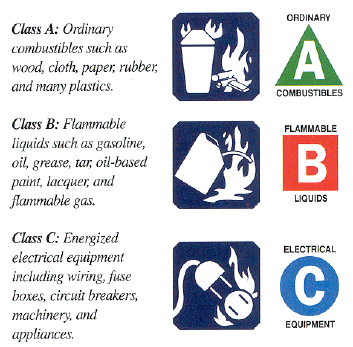The 2010 Year of being online Blogging, YouTubing, Tweeting, and Audiobooing for me has been a good fulfilling year of fun, as well as a year that has been interesting and knowledgeable in what other had to say or express. I guess I can throw Facebook into the mix also, but I’m still not fully convinced that Facebook is all that it’s been made to be when compared to other online social media platforms. I’m still keeping an open mind about Facebook though. At any rate, if it wasn’t fun and interesting of doing what I’m doing on the internet I wouldn’t be doing it, so I’m still here with my presents on the internet that started with my blog Tioga Fire Protection and Fire Prevention.
Since creating the Tioga Fire Protection and Fire Prevention on Blogger I have started a second blog this year called FiremanRich: Different Various Subjects To Include Fire Protection And Fire Prevention over on WordPress.com to be able to write & post on subjects other then “Fire Safety,” though my main reason for blogging is for the interest I have in fire protection & fire prevention subjects. It’s been a good part of my life and I think it’s always a good thing to share information that will keep one safe. I’ve even branched out even still to where you can find FiremanRich on HubPages which are interesting to do if I find a particular subject to write/post about to a place in a different online format other than the typical blog posting. HubPages are fun to do also.
On the YouTube front I have the TFPFP Channel but also started a second YouTube channel which would be the RichTVTioga Channel that has a pretty good video intro. Think I need to work on a intro for the TFPFP Channel in 2011, :: makes a note, intro for tfpfp youtube ::. Doing the YouTubes have been great fun and having the second channel gives a flexibility to doing YouTubes where again one channel is for fire safety/protection subjects and the other channel to branch out with different subject matter. Plus on RichTVTioga Channel my good friend & pal Max can appear as my side kick.
Though I don’t have the big number of subscribers on the YouTube channels as compared to other YouTubers, for me it’s not about numbers as it is about the fun in doing them. With a total of 25 YouTube videos done from both my channels for 2010 I have had a lot of fun and plan on continuing doing the YouTubes in 2011. I do get some views and knowing that they are being viewed and receiving comments makes it worth the time & effort.
Here’s a video expressing some additional thoughts and outlooks as we begin to enter into the New Year of 2011:
I sincerely wish everyone an awesome New Year! I’ll end this 2010 year by saying to you all. . .
May your heart be light and happy,
May your smile be big and wide,
And may your pockets always have
a coin or two inside!
Best of Luck to you in 2011!
Happy New Year! : )
(The usual disclaimers: I am not a journalist; This is a blog that expresses an outlook and is not conclusive in any shape or manner.)














